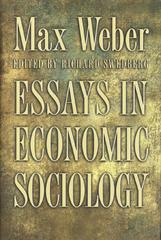Question
Suppose we have many firms each with an individual supply curve of QS = P. Assume that firms have a quasi-fixed cost of $500 (that
Suppose we have many firms each with an individual supply curve of QS = P. Assume that firms have a quasi-fixed cost of $500 (that is COST = 0 if they exit but COSTS = 500 + variable costs if they are open). Individual demand is QD = 50 - P (3 points) (a) Let there be n = 100 firms and 100 consumers. What is the equilibrium market price, output per firm, and consumption per consumer? Show and explain. (3 points) (b) What are profits per firm? What does this imply for entry/exit decisions? (4 points) (c) Find each consumer's Willingness to Pay and each firm's Costs. Show your work. (4 points) (d) Now find Total Social Surplus and show that any deviation from the short-run equilibrium will lower SS. Explain why this happens. (3 points) (e) Now let the number of firms change so that profits are zero in the long-run. Show and explain why the equilibrium number of firms is 216. (3 points) (f) Explain/show why Total Social Surplus is at its highest in this long-run equilibrium.
Step by Step Solution
There are 3 Steps involved in it
Step: 1

Get Instant Access to Expert-Tailored Solutions
See step-by-step solutions with expert insights and AI powered tools for academic success
Step: 2

Step: 3

Ace Your Homework with AI
Get the answers you need in no time with our AI-driven, step-by-step assistance
Get Started


